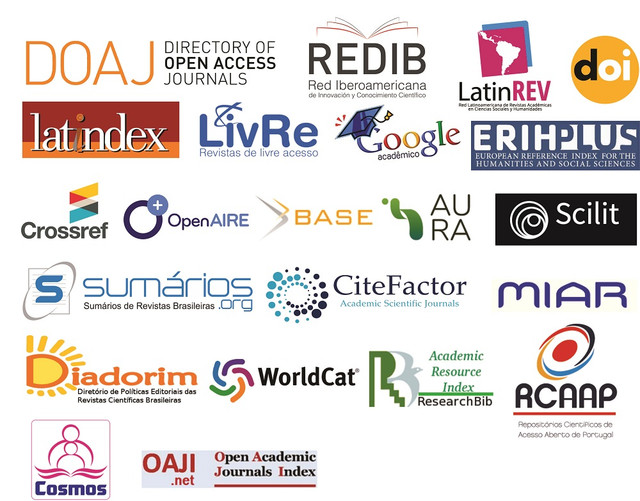Psychoanalysis, Science or Pseudoscience?
Palabras clave:
Psychoanalysis, Psychology, ScienceResumen
As much as the couch is a piece of furniture associated with television, the “divan” or Turkish couch is a piece of furniture associated with psychoanalysis. Starting at the end of the 19th century, the Austrian Sigmund Freud abandoned neurological research to develop his psychotherapy, the method that acquired such notoriety that it became an ingredient of Western popular culture, elevating its originator to the position of the most famous psychiatrist —something he never was— of all time. But his status is wrapped up in a perennial polemic: Is there any scientific evidence to support psychoanalysis? Or is it merely a pseudoscience, perhaps among the most academic of them all?
Descargas
Citas
Eysenck, H. J. (1985).Decline and Fall of the FreudianEmpire.Harmondsworth,UK: Penguin.
Eysenck, H. J., & Wilson, G. D. (1973).TheExperimentalStudy of FreudianTheories.London: Methuen.
Hall, C. S. (1954).A Primer of Freudian Psychology.Cleveland: World PublishingCo.
Hines, T. (1988).Pseudoscience and the Paranormal.Buffalo, NY: PrometheusBooks.
Kline, P. (1968). Obsessional Traits, Obsessional Symptoms and Anal Erotism.British Journal of MedicalPsychology,41, 299–305.
Medawar, P. B. (1984).The Limits of Science.Oxford:Oxford University Press.
Radner, D., & Radner, M. (1982).Science andUnreason.Belmont, CA:Wadsworth.
Spence, D. P. (1987).The Freudian Metaphor.New York:Norton.
Sulloway, F.J. (1979).Freud, Biologist of the Mind:Beyond the PsychoanalyticLegend.London: Burnett Books/André Deutsch.
Webster, R. (1995).Why Freud was Wrong: Sin, Scienceand Psychoanalysis.London: HarperCollins.
Descargas
Publicado
Cómo citar
Número
Sección
Licencia
Derechos de autor 2022 Biofarma - Multidisciplinary Scientific Journal of Biology, Pharmacy and Health

Esta obra está bajo una licencia internacional Creative Commons Atribución 4.0.
Tiene derecho a:
*Haga clic en la imagen de la licencia de arriba para obtener más detalles.



